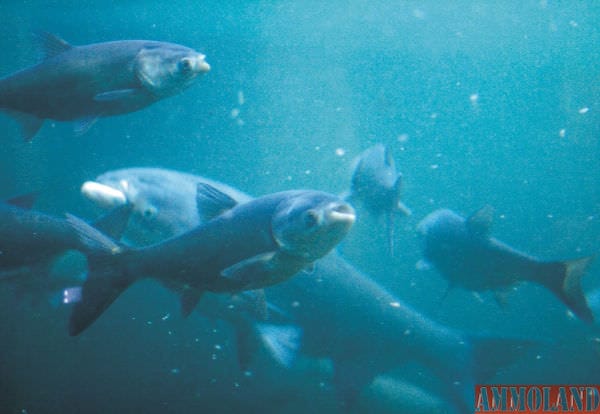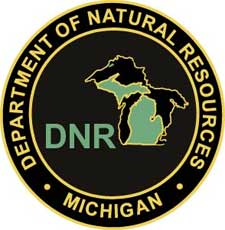

Lansing, MI -(AmmoLand.com)- This week, during Aquatic Invasive Species Awareness Week, the state is asking for residents’ help in declaring Michigan’s independence from the economic and environmental threat of invasive carp, the New Zealand mudsnail, and other pests trying to gain a foothold in our waters.
Where to start?
The first step is making sure you understand the basics about all types of invasive species – both the land- and water-based plants and animals that are not native to Michigan and whose introduction causes harm, or is likely to cause harm to the state’s economy, environment or human health. When left unchecked, these species can out-compete native species and reproduce and spread rapidly in areas where they have no natural predators, ultimately changing the balance of the ecosystems that shape Michigan.
Want to learn more? Take a few minutes to watch this new video that quickly and clearly outlines what you need to know about Michigan’s invasive species, the risks they pose, and the easy actions you can take right now to support the fight.
Why does it matter?
The Great Lakes and Michigan’s inland waters annually draw millions of residential and out-of-state recreational users and tourists, and these valued natural resources already face negative effects of numerous aquatic invasive species. Preventing the introduction of more invasive species is the responsibility of everyone who enjoys and relies on these waters.
“Invasive species have the ability to permanently change our natural landscapes, and that’s something that everyone should be concerned about,” said Joanne Foreman, the state’s invasive species communications coordinator. “We’re asking every resident to become informed about these threats and be empowered to act locally. Help us spread the word, to stop the spread of invasive species.”
What steps can you take?
- Share this email and video link with others: neighborhood and lake associations, friends and family, etc. If sharing on social media, please use the tag #NotMiSpecies.
- Visit Michigan’s invasive species website and learn more about what to watch for and how to respond.
- Believe that you can make a difference, and remember these easy tips.
Michigan’s Invasive Species Program is cooperatively implemented by the Michigan departments of Agriculture & Rural Development, Environmental Quality, and Natural Resources.
For more information, go to www.michigan.gov/
About the Michigan Department of Natural Resources:
The Michigan Department of Natural Resources is committed to the conservation, protection, management, use and enjoyment of the state’s natural and cultural resources for current and future generations.
For more information, go to www.michigan.gov/dnr.
